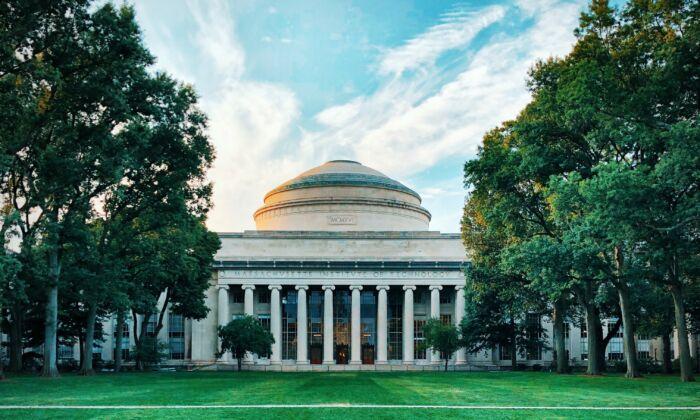One of the most popular and fastest-growing educational trends today is microschooling.
Microschools are intentionally small, mixed-age, K-12 learning communities with personalized curriculum approaches that are sprouting rapidly across the United States. They harken back to the one-room schoolhouses of yesteryear and were gaining traction even before the education disruption of 2020 unleashed greater exposure to this learning model.
1. Microschooling Has Been Around for Years
The buzz around microschooling may be new, but these small learning spaces have been around for a while. The Acton Academy microschool network was founded in 2010 in Austin, Texas, by Laura and Jeff Sandefer and now includes approximately 280 microschools in over 30 states and 25 countries. The Wildflower Montessori microschool network, which activates teacher-entrepreneurs across the country, was launched in Massachusetts in 2014 and now has more than 60 microschools across the United States. Additionally, Prenda microschools emerged in Arizona in 2018 and have since reached over 10,000 students.2. Microschooling Is a Catch-all Term
The term microschooling encompasses a wide variety of different educational models, from homeschooling collaboratives that may meet a few days a week in a local community space, to learning pods in a private home, to full-time, small, low-cost private schools that prioritize individualized learning and don’t plan to grow beyond a few dozen students. Some of these microschool founders intend to scale, but they expect to do so horizontally by opening additional microschools, rather than vertically by expanding enrollment in their existing spaces.The diversity of today’s microschooling models is one of its greatest strengths, and a primary reason it may avoid the fate of previous small school movements, such as the “free school” movement of the 1960s. Those earlier schools were largely homogeneous in their mission and style, and reflected a radical, counter-cultural ethos that sprouted from the societal discontent of the time.
3. Microschool Founders Are Increasingly Diverse
Not only are today’s microschools pedagogically diverse, reflecting a range of educational ideas and methods, their founders are also diverse.4. Microschools Are Relatively Inexpensive
Today’s microschools are surprisingly affordable with tuition costs that are half, or even one-quarter, that of traditional private schools in a given area.Many microschools, such as those in Florida and Arizona, take advantage of statewide school choice policies that enable more families to attend a microschool tuition-free. Microschool networks such as Prenda have formed public-private partnerships in states such as Kansas and New Hampshire to provide tuition-free access to children in their communities.
5. Microschooling Is Here to Stay
The education disruption caused by the pandemic response has dramatically transformed K-12 education, with many parents now aware and in search of different education options for their children. They appreciate a more individualized educational approach, and are increasingly willing to give up the accoutrements of larger schools, such as organized sports teams, for a smaller, more nurturing, more self-directed learning environment.For Elizabeth McMeans, who launched a Prenda-affiliated, tuition-free microschool in Wichita, Kansas, that includes her 8-year-old son and a small group of learners, the traditional education model is no longer appealing.
Many parents now feel the same way and are seeking, or building, microschools to meet the educational needs of their children. Microschooling may have started on the margins more than a decade ago, but it has now entered the mainstream as an increasingly sought-after educational option.




